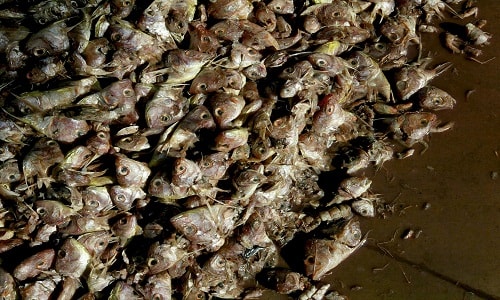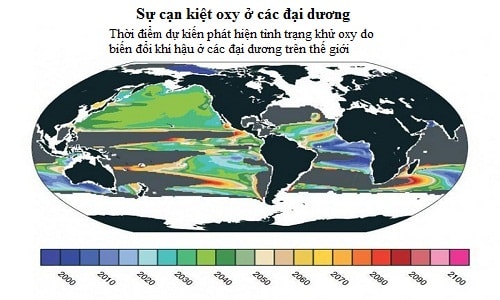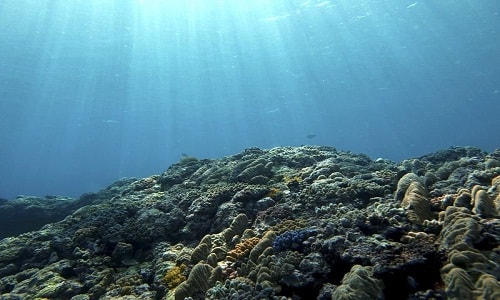Giant dead zones could appear in the oceans by 2030
Human-induced climate change is reducing oxygen levels in some ocean areas and could create new "dead zones" by 2030, US researchers warn.
 |
Mass fish deaths in Mumbai, India due to suffocation. Photo: AP. |
The amount of oxygen in ocean water fluctuates due to natural fluctuations. But warming temperatures make it harder for ocean water to absorb and distribute oxygen. If carbon emissions continue to rise, global warming will inevitably lead to widespread oxygen depletion across the oceans, according to scientists at the National Center for Atmospheric Research (NCAR) in Colorado.
"It's hard to pinpoint a human impact unless it's so pronounced that it goes beyond the natural variability," Matthew Long, an oceanographer at NCAR and lead author of the study, told Business Insider.
Long and his colleagues used computer models to calculate the range of natural fluctuations and predict when human-induced oxygen depletion would begin. The team published their findings yesterday in the American Geophysical Union journal Global Biogeochemical Cycles.
 |
Climate-induced deoxygenation will become widespread by 2030–2040. Photo: Matthew Long/NCAR. |
In some environments, such as the Arctic, where temperatures are rising twice as fast as the rest of the world, and the tropical Atlantic, the process has already begun, the study concludes. Much of the Pacific Ocean is likely to experience widespread oxygen depletion by 2030, while the northern Indian Ocean will see little change by the end of the century.
“Ocean deoxygenation is happening and will continue at an even faster rate if humans continue to drive global warming,” Long said.
"For a long time, people thought the ocean was not going to change and we could never impact such a large body of water. This study helps us realize the scope of our influence and the impact that climate change is going to have globally," said Keryn Gedan, a marine ecologist at the University of Maryland.
Warming tropical waters due to last year’s El Niño event led to coral bleaching, which not only reduced dissolved oxygen levels but also threatened many forms of marine life.
Another study, published earlier this week in the Proceedings of the Royal Society, found that the continental margin off the Pacific coast of the Americas and the Arabian Sea from Pakistan to southeast Africa are likely to become “dead zones.” These are areas of low oxygen and acidification caused by the ocean absorbing too much carbon dioxide from the atmosphere, which could destroy marine ecosystems at depths of up to 200 meters.
 |
Bleached coral reefs in the waters between the Indian and Pacific Oceans. Photo: Reuters. |
These waters are also where human activities such as fishing and oil and gas exploration are most prevalent, according to Lisa Levin, a marine ecologist at the Scripps Institution of Oceanography and co-author of the study.
“We rely heavily on bottom fisheries in these areas. Species that contribute to the biodiversity and sustainable environment on the seafloor are vulnerable to ocean deoxygenation, acidification and global warming. They are also vulnerable to human impacts,” Levin said.
If an area has low oxygen, any change will have a serious impact on the ecosystem, according to Gedan. Large fish or organisms may leave, but small animals or corals will be in danger.
“We know that shallow coastal waters are warming faster than the open ocean, especially estuaries. We are seeing numerous dead zones emerging around the world, and they are becoming more common,” Gedan said.
See also:The Fury of the Pacific Ring of Fire.
According to VNE
| RELATED NEWS |
|---|






